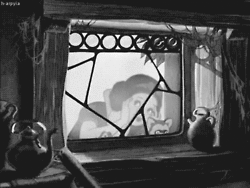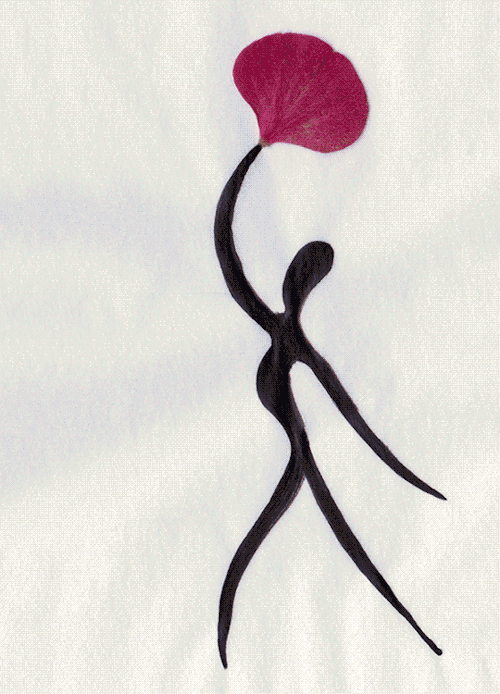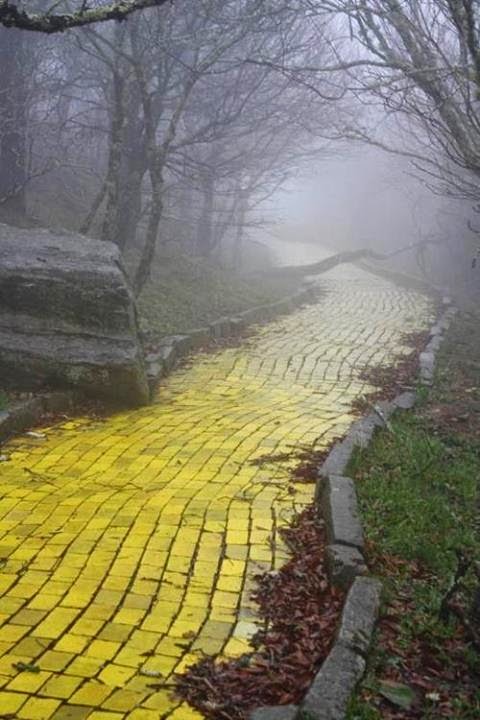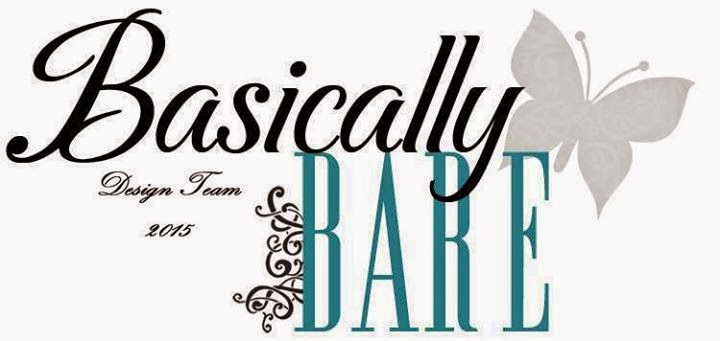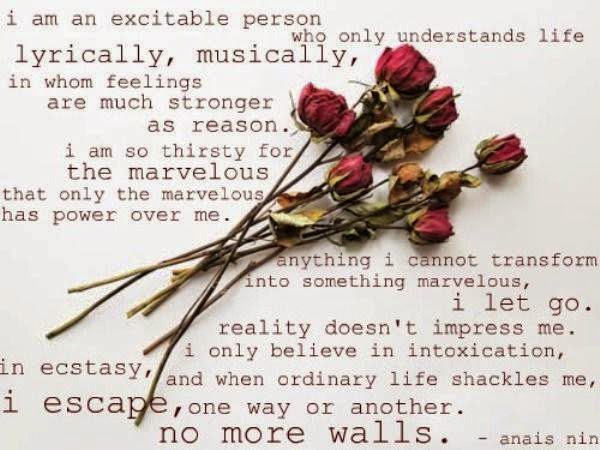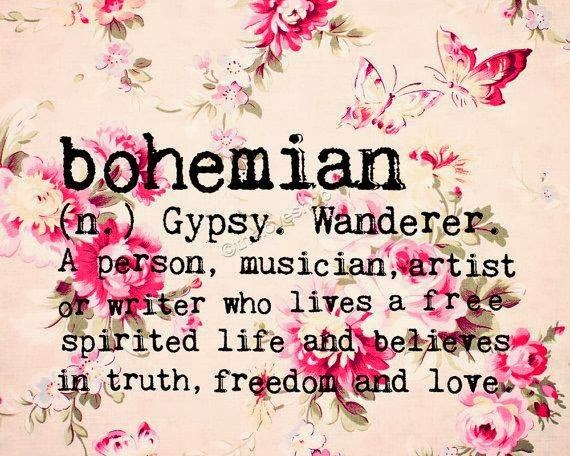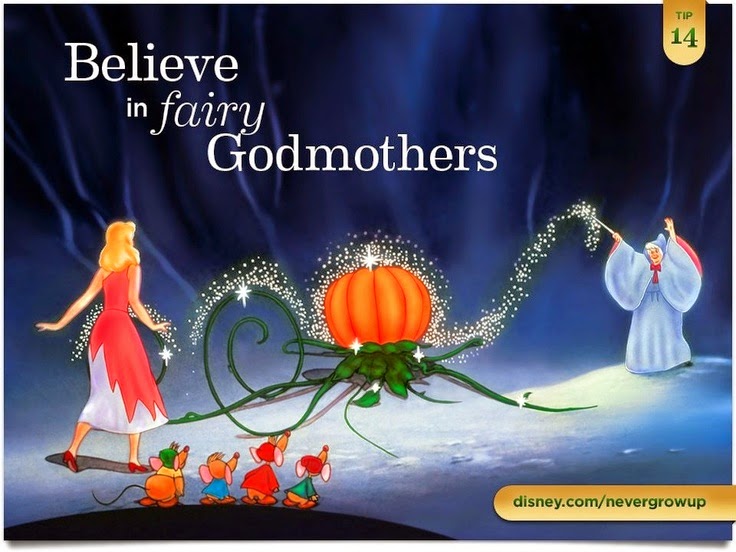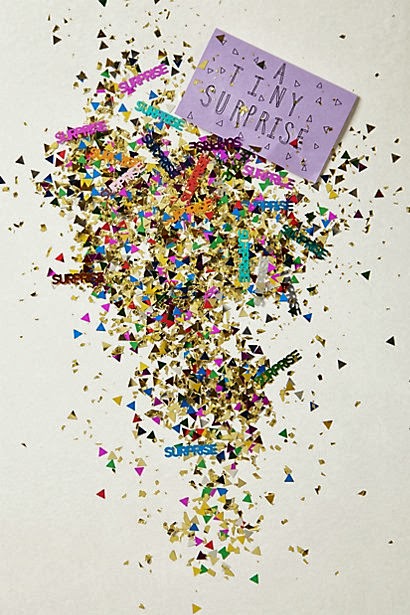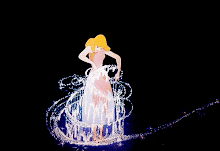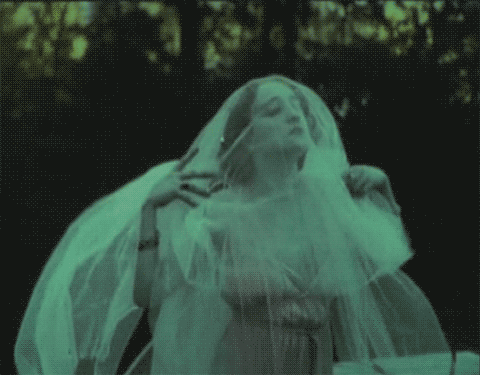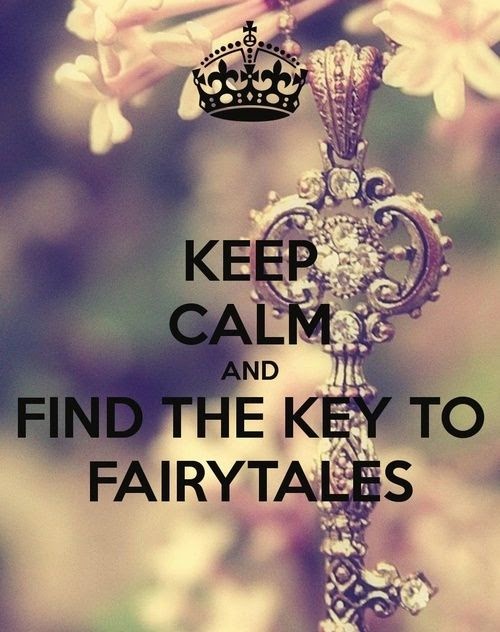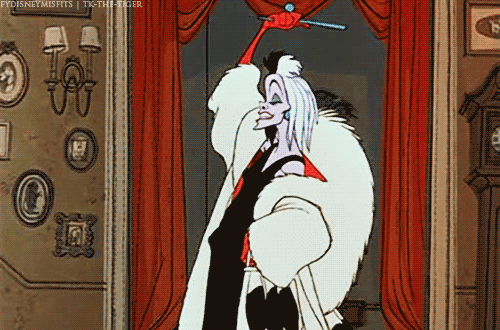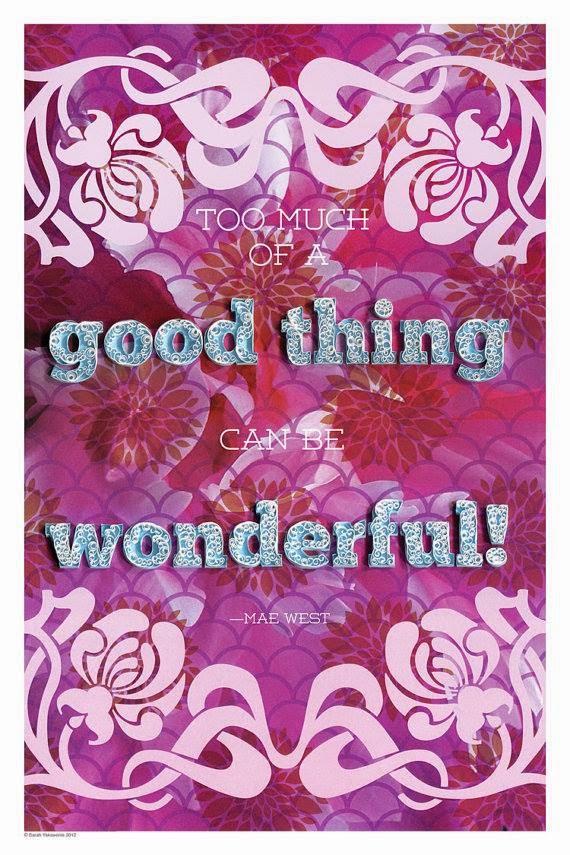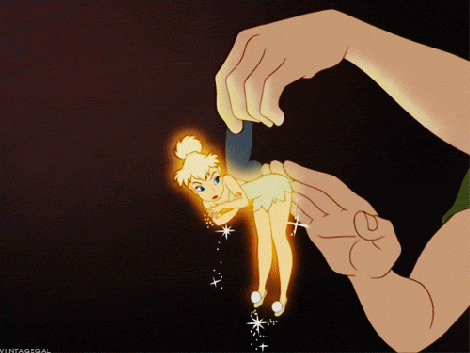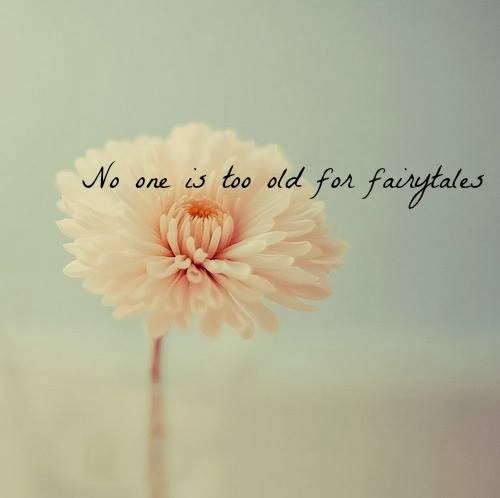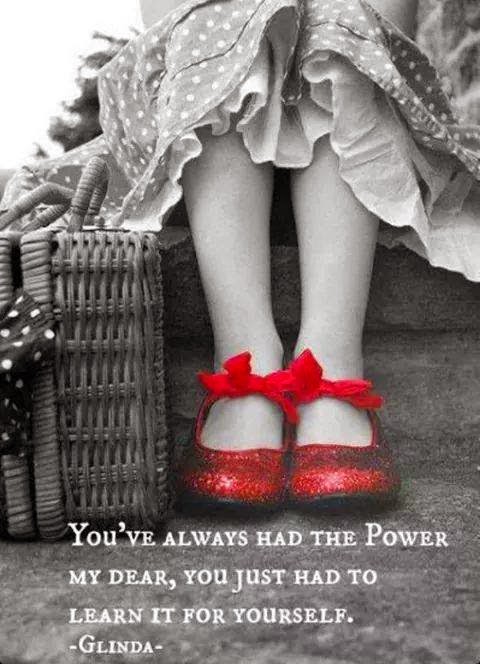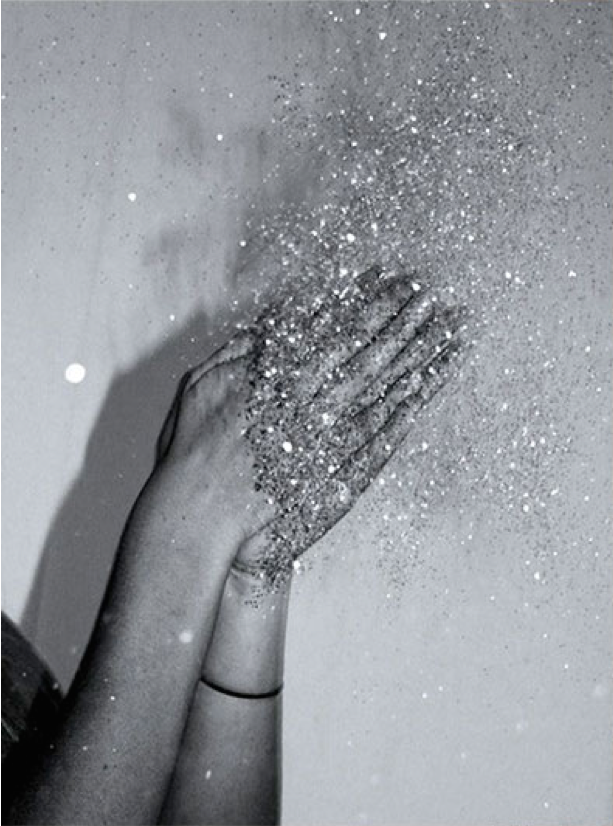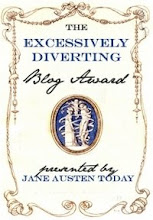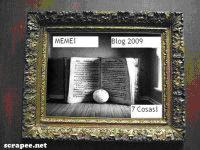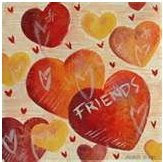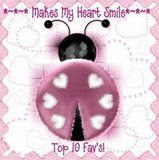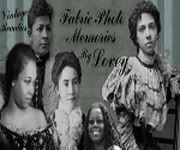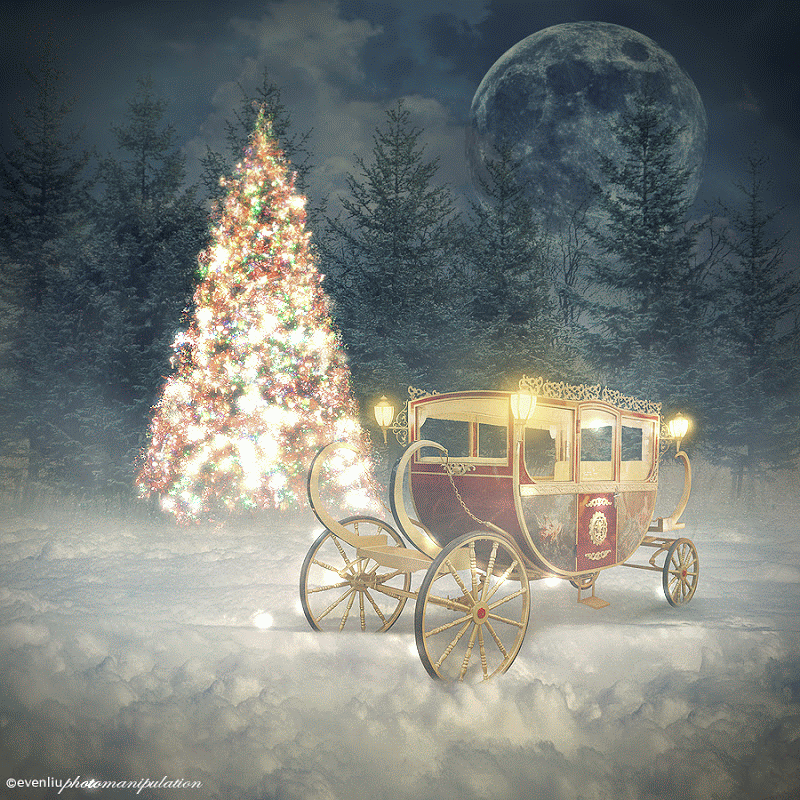It's surely no coincidence that the birthday of Bill "Bojangles" Robinson falls on National Tap Dance Day!
He was born Luther Robinson in Richmond, Virginia in 1880. A perhaps apocryphal story has him beating up his brother William, two years his junior, until the latter allowed him to appropriate his name. (The real Bill was forever after known as “Percy” – it must have been a sound drubbing.) The boys were orphaned around 1885 under mysterious circumstances, and raised by their grandmother and various foster parents. Robinson was a latchkey kid, largely shifting for himself, earning his own way by shining shoes, occasional theft and dancing for tips on streetcorners. He got his famous nickname after stealing a beaver hat from a local merchant Lion J. Boujasson, whose name no one could pronounce.
In 1892, he hopped a freight train for Washington, D.C. with a white friend named Lemuel Toney (who later went on to become Eddie Leonard, a major blackface star in minstrelsy and vaudeville). His first professional gig was the part of a “pickaninny” role in the show “The South Before the War” which toured the northeast. By 1900, he had made his way to New York. The following year, he won a prestigious dance contest at a Brooklyn theatre against a man named Henry Swinton, then considered the best dancer in the business. In the audience were the likes of Eubie Blake and Walker & Williams. He began to work with various partners and rapidly became one of only six African-American acts booked regularly on the Keith circuit. In 1902 he teamed up with a successful comedian named George W. Cooper, laying aside his dancing to become the comic foil for a period of 12 years.
When the team broke up in 1914, Robinson approached a big-time manager named Marty Forkins with a unique proposal. At the time in vaudeville the “two black rule” was in full force; African Americans were seen on stage only in pairs. Robinson proposed to become the first black solo act. In addition to being socially groundbreaking, the move had the virtue of being a very good gimmick, a must in vaudeville, and so the two forged ahead.
Robinson rapidly rose to become one of America’s best loved entertainers. His act was an amalgam of little steps and moves he had copped from others, then stitched together into a sequence that was greater than the sum of its parts. He worked his alchemy by rehearsing and performing the act so much that he could do it in his sleep, and then “selling it” through the sheer force of his infectious personality. His smile was called “a beacon”. He would intersperse his routines with little jokes and remarks, such as the famous “Everything’s copasetic!” (a word, incidentally, which Robinson invented). In 1918, Robinson introduced what was to become his signature bit, “the stair dance”, stolen of course, but thereafter irrevocably his. By 1923, he had reached the number two spot on the bill at The Palace (or next to “next to closing”) – the highest spot to which he could aspire given the prejudices of the times.
As vaudeville began to wind down, Robinson was one of the lucky and
talented few who not only kept working, but who actually became more
famous. He starred in a number of revues, such as “Blackbirds of 1928”
and “The Hot Mikado”, performed in top nightclubs in Harlem and
elsewhere, and co-starred in numerous movies with the likes of Will Rogers, Lena Horne and – most famously – Shirley Temple. A variation of his stair dance can be seen in the Temple-Robinson vehicle The Little Colonel (1934).
Robinson used his power and influence to break new ground for African
Americans on several fronts: he was the first African-American solo act
in vaudeville; he refused to wear blackface; he fought for (and
achieved) the racial integration of countless social and cultural events
in the north and the south; he was the first African American in a
Hollywood movie whose character was responsible for safeguarding a
white’s life.
Bill "Bojangles" Robinson
(May 25, 1878 – November 25, 1949)
(May 25, 1878 – November 25, 1949)
Now, go make something beautiful!
¸.•´
¸.•*´¨) ¸.•*´¨)(¸.•´
(¸.•´♥ Tristan ♥
(¸.•´♥ Tristan ♥
In Illinois, a police dog trainer is threatening that legalizing
marijuana in the state will lead to the euthanization of police K9 dogs —
and an Illinois Sheriff is agreeing with him. This is a horrible attempt to use animal cruelty to stop marijuana legalization.
No matter how you feel about the legalization of marijuana, I'm sure we all can agree that the murdering of police K9 dogs has nothing to do with the discussion.
I just signed the petition, "Prevent Illinois from Killing Their Police Dogs." I think this is important. Will you sign it, too?
Here's the link: CLICK HERE
Thanks!




















































































